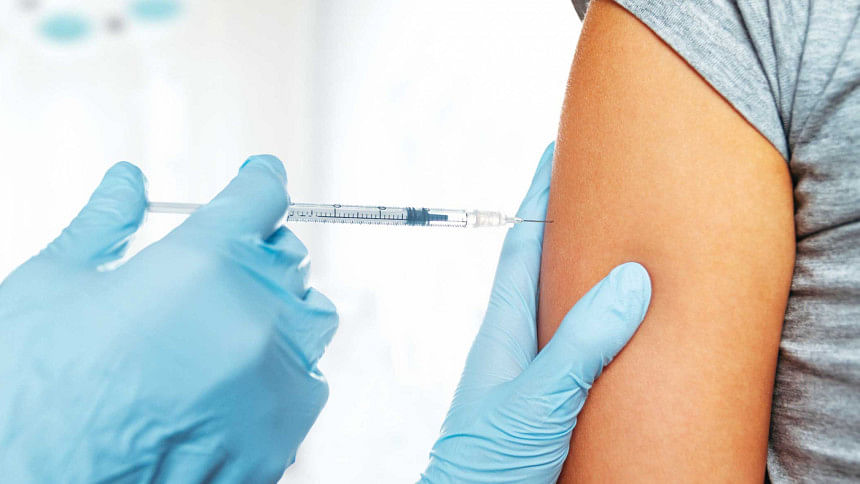HPV vaccine: a game changer in preventing cervical cancer

The HPV vaccine has been available to girls aged 12–13 since 2008, and catch-up programmes are available until age 19. Previous research showed that vaccinated women had significantly lower rates of cervical cancer, but uptake of the vaccine was lower in areas with more economic challenges.
A study published in the BMJ looked at the impact of the HPV vaccine on cervical cancer and precancerous changes in England. The study analysed data from the National Health Service's cancer registry between 2006 and 2020. It found that among women who received the HPV vaccine, the incidence of cervical cancer dropped by 83.9%, and the incidence of precancerous changes (CIN3) dropped by 94.3%. These benefits were even greater for women vaccinated at a younger age.
Interestingly, while more cases of cervical cancer still occurred in economically deprived areas, the relative reduction in cases was similar across all social classes. This means that the vaccine was equally effective in protecting women from cervical cancer, regardless of their socioeconomic background. This study highlights the importance of HPV vaccination in preventing cervical cancer and reducing health inequalities.
It emphasises that simple interventions like vaccination can have significant health benefits for individuals and communities. The researchers and editorialists urge healthcare professionals and policymakers to work together to ensure that more than 90% of girls and boys receive the HPV vaccine, thereby maximising its impact on public health.

 For all latest news, follow The Daily Star's Google News channel.
For all latest news, follow The Daily Star's Google News channel. 



Comments